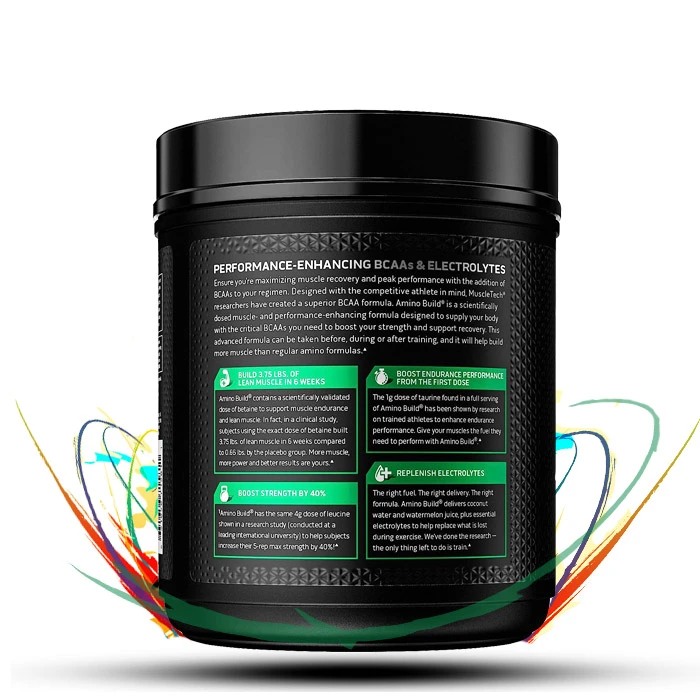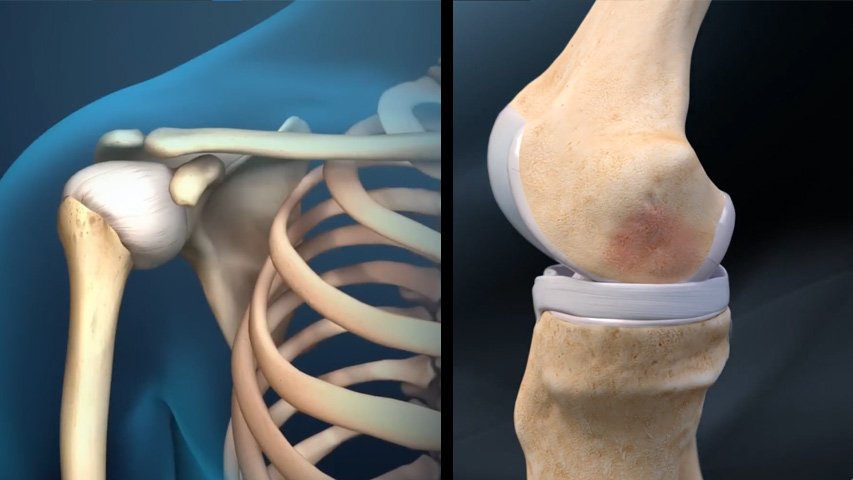All of us may experience various complications and illnesses throughout our lives. One of the complications that you may have is bone marrow swelling. But why does bone marrow swelling occur and how is it diagnosed and treated? In this article, we’ll answer your questions about bone marrow swelling.
What is Bone Marrow Edema ?
Bone marrow edema (BME) occurs when fluid accumulates around the inner soft tissue of the bone. Bone marrow swelling is more common between the ages of 30 and 60. But people of all ages may experience this condition. This condition can also be associated with high cholesterol or low Vitamin D.
Edema complication also occurs more often in the bones of the lower body. There is no recommendation to reduce the risk of bone marrow edema. However, you should see a doctor as soon as symptoms appear for faster treatment.

What causes Bone Marrow Swelling ?
Osteoporosis or edema of the bone marrow occurs for various reasons. Knowing these reasons, it will be easier to diagnose the complication of bone marrow swelling. These causes include:
1. Bone tumors
Benign tumors, which are not cancerous, put pressure on the bone marrow and lead to edema by attacking tissues. If you have bone tumors, be sure to follow up on your symptoms to find out if you have bone marrow swelling.
2. Arthritis
Are you one of the people who has inflammatory or non-inflammatory arthritis? In this case, the likelihood of developing edema in your bone marrow increases. In fact, arthritis can lead to dysfunction of bone cells. If bone marrow swelling is caused by arthritis, the first step is to treat the disease.
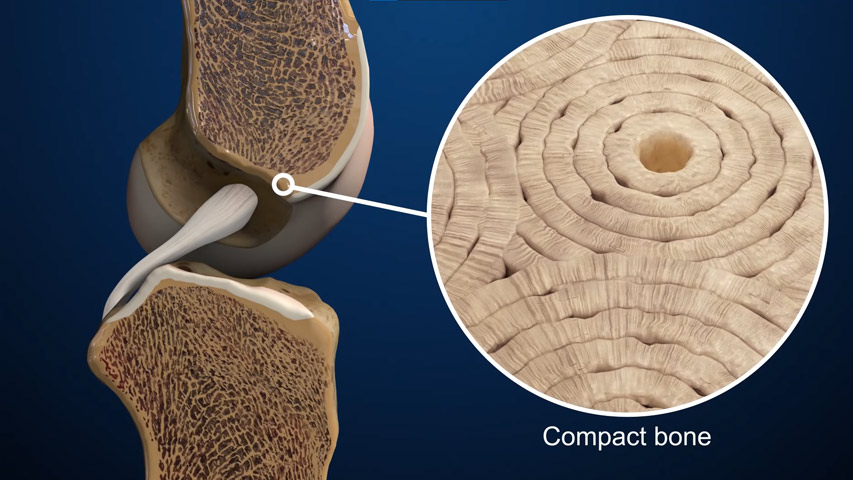
3. Osteoporosis
Osteoporosis makes the bones brittle. It is more common in women with age, especially during menopause. Edema can occur due to severe osteoporosis, especially in areas such as the buttocks and knees.
4. Fractures of the Bone
Other causes of edema include fractures in the bones. With a lot of pressure on the bones, if you do activities like weightlifting and … You get fractures. These fractures can increase the likelihood of developing edema.
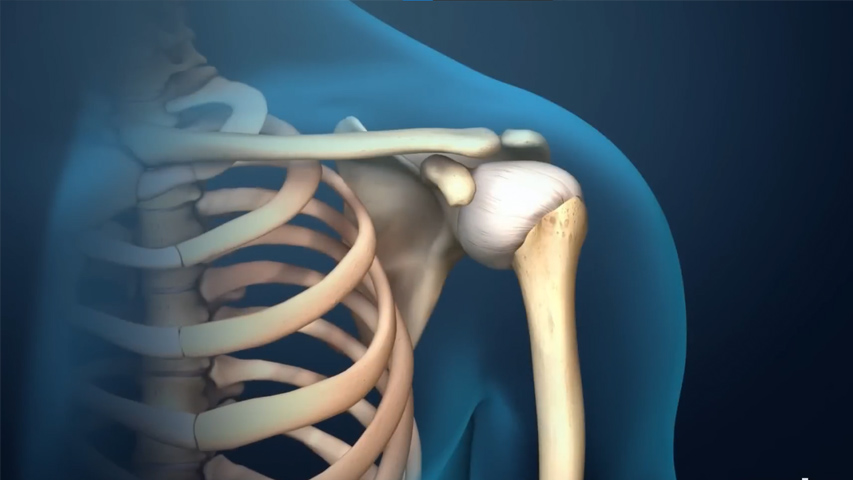
5. Bone infection
One of the causes of bone marrow swelling is infection. Of course, if the edema has occurred due to an infection, it will also heal with its treatment of bone marrow edema.
6. Cancerous Tumor
The development of a cancerous tumor can be considered among other causes of edema or bone marrow swelling. In fact, the tumor occurs due to abnormal accumulation of cells in the brain. As a result, brain tissue compression and tumor-induced brain flow obstruction can lead to the development of bone marrow edema.
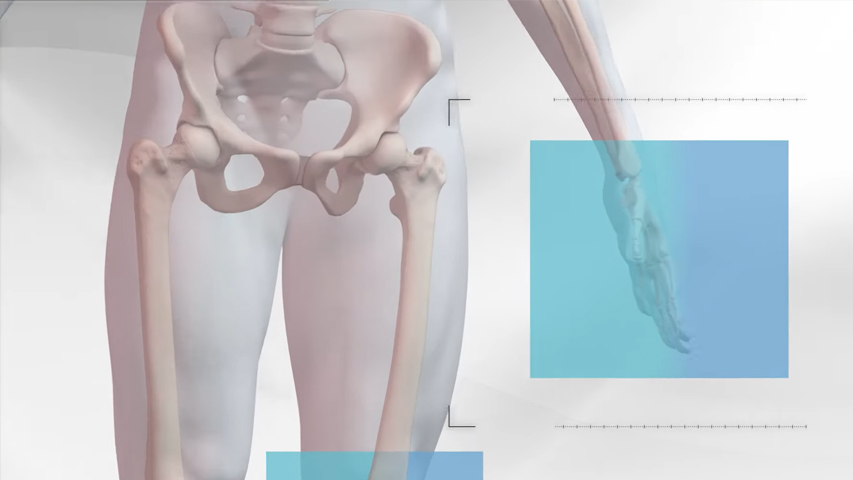
Symptoms of swelling or Bone Marrow Edema
Bone marrow swelling, or edema, is accompanied by symptoms and complications. The most important of these symptoms is local pain in the affected bone or joint. This topical pain can be mild to severe. In addition, bone marrow swelling can limit a person’s range of motion.
Those who suffer from the problem of bone marrow swelling usually have difficulty performing their daily activities due to limitations in range of motion. Redness and stiffness in the affected area can also be other complications of bone marrow swelling.
Methods of Diagnosing Bone Marrow Swelling
Perhaps this is also your question, How is bone edema diagnosed? The doctor will perform the necessary physical examinations in the first stage and ask you about your symptoms and medical records. Especially, if you have underlying diseases, doctors will be more careful in diagnosing the complication of edema.
This condition is typically detectable by ultrasound or MRI. Using MRI imaging doctors are able to capture more accurate images of soft body tissues such as bones. In fact, with the image captured by MRI, bone tissue abnormalities will be detectable. These abnormalities recorded in MRI can be caused by fluid buildup or edema.
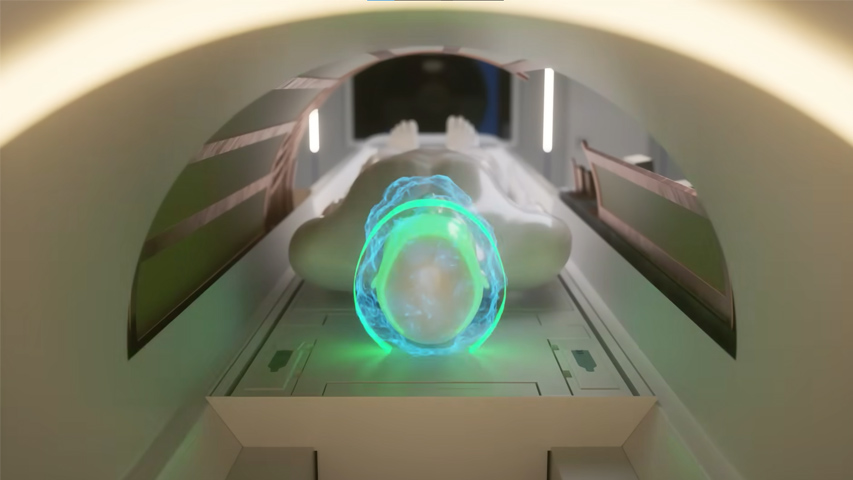
Treatments for Swelling or Bone Marrow
Bone marrow edema will resolve over time. In order to reduce symptoms, doctors also recommend taking strategies such as nonsteroidal anti-inflammatory drugs. Nonsteroidal anti-inflammatory drugs play an effective role in reducing pain and reducing inflammation in the complication of bone marrow swelling. Another way to help improve the symptoms of bone marrow swelling is physiotherapy.
In this procedure, mechanical shock is sent to the affected area in the brain, thereby relieving pain symptoms. If bone edema is severe, other procedures, such as steroid injections and surgery, may also be required. During surgery, small holes are made in the bones; this will help greatly reduce pain.
Doctors typically suggest surgical procedures when non-surgical treatments have failed. The results of the treatment of bone marrow swelling usually improve within 4 to 12 months. Sometimes, treatment for this condition may take up to two years or more.
The last Word.
The condition of bone marrow swelling can be considered one of the problems caused by the accumulation of fluid in the bone marrow.
This condition may be accompanied by symptoms such as reduced joint function, swelling, and pain. Typically, bone marrow edema occurs in different parts of the body, but most of all in the pelvis, sole of the foot, and knee joint.
Causes of bone marrow complications include infections, inflammatory factors, arthritis, and osteoporosis.
This condition resolves during rest and over time. But the doctor may prescribe a variety of painkillers, surgical procedures or steroid injections according to the symptoms of patients.
Therefore, if you have symptoms of this condition, see a doctor as soon as possible for timely diagnosis and treatment.

Sources:
ncbi.nlm.nih





















































